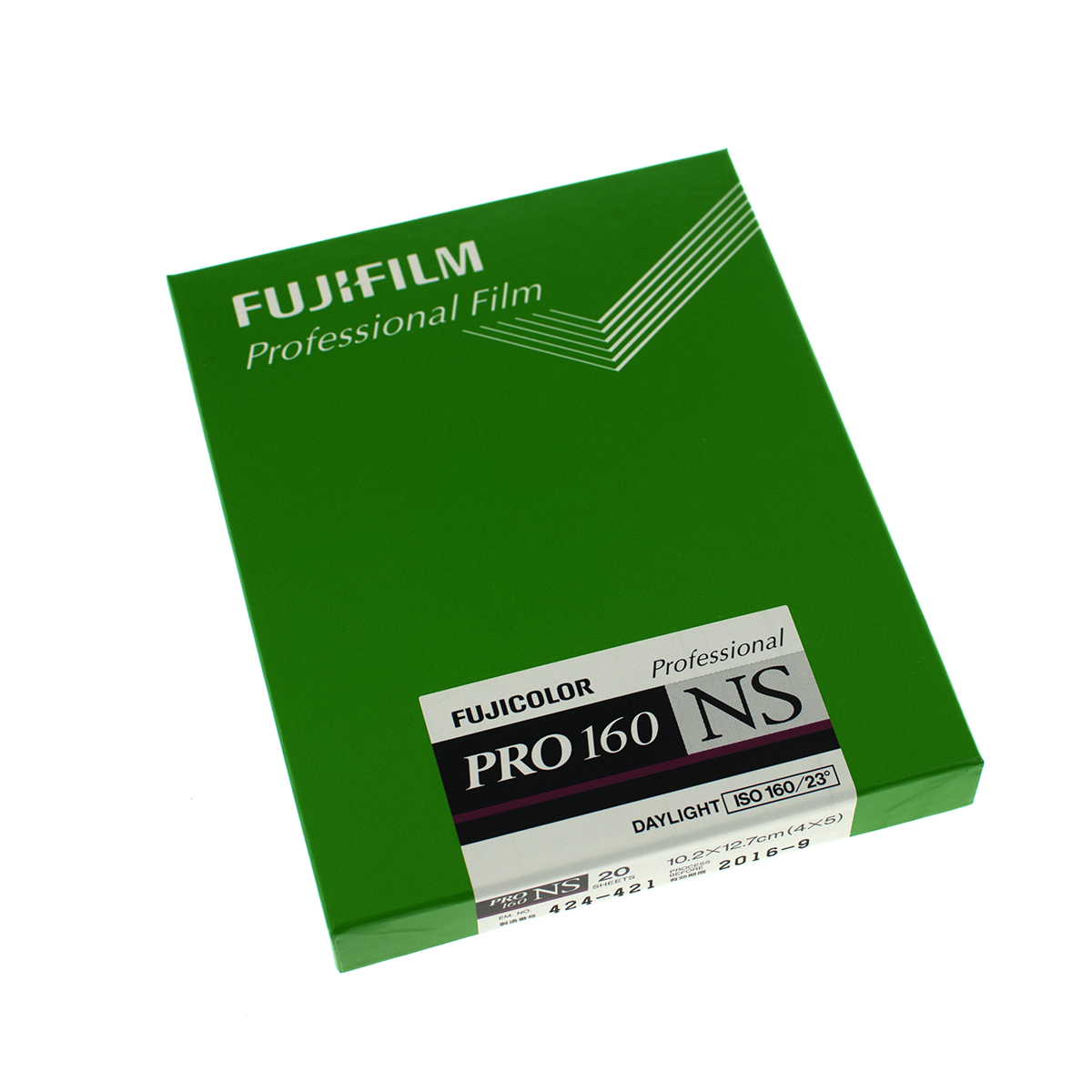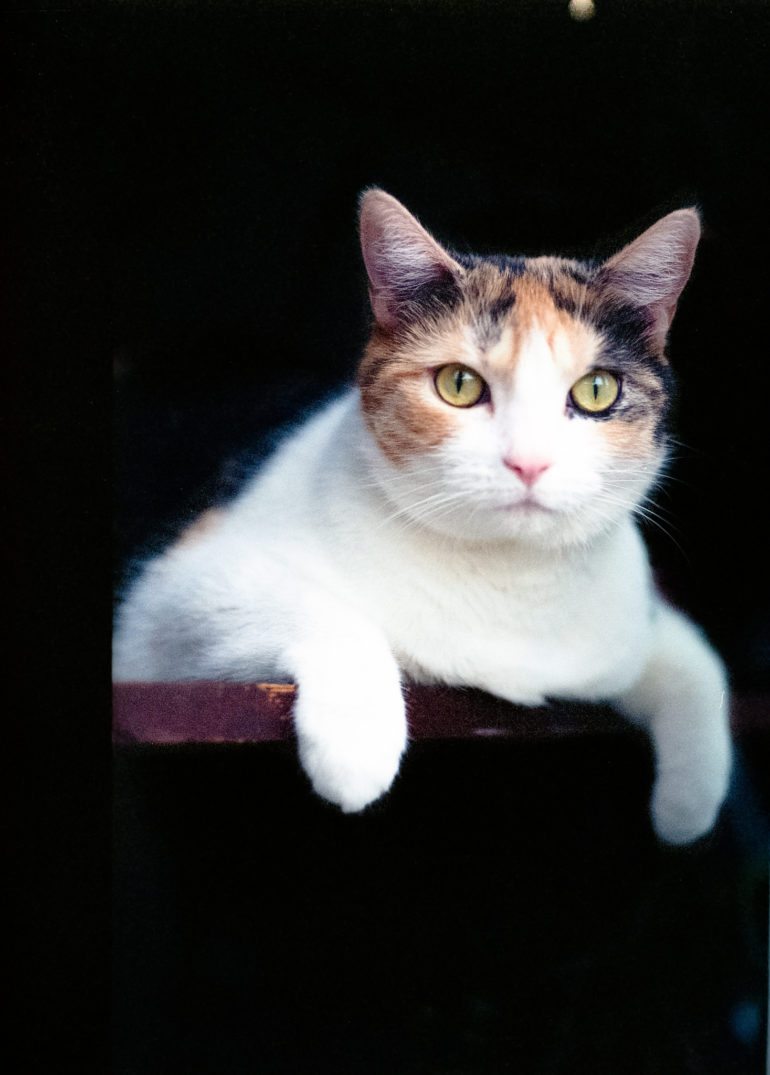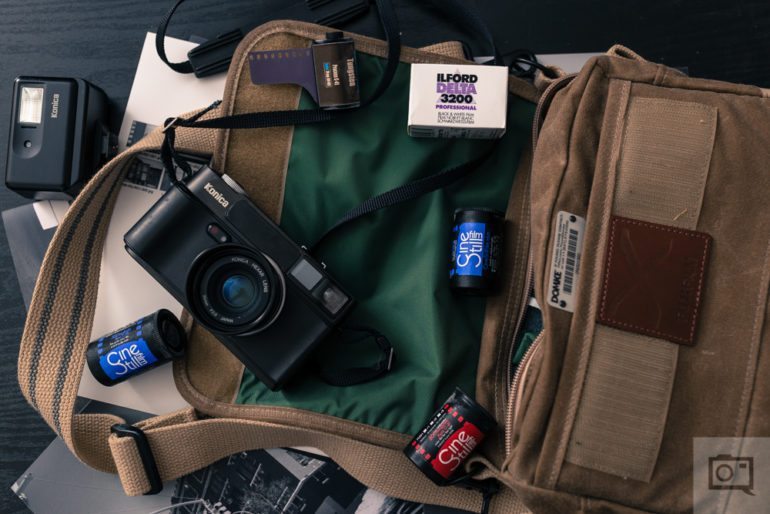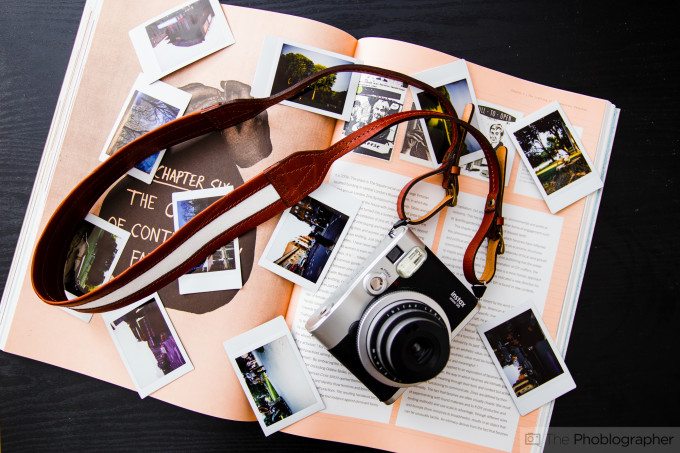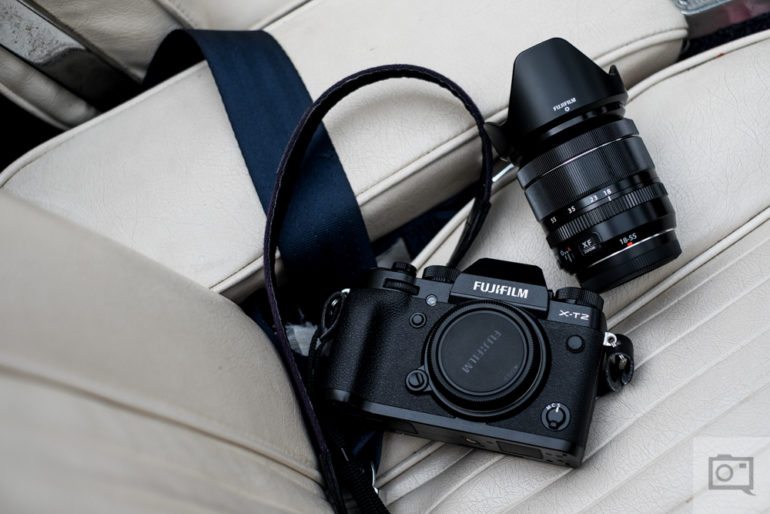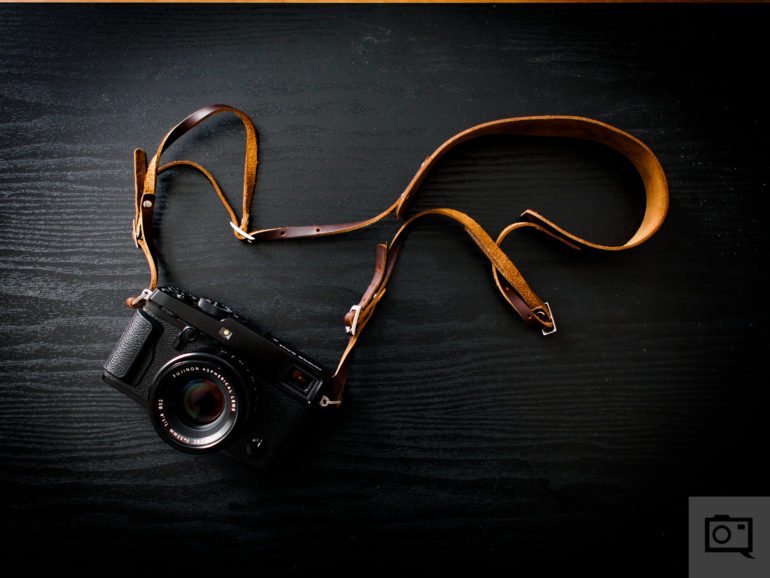Last Updated on 07/29/2016 by Chris Gampat
For a while now, Fujifilm Pro NS 160 has been discontinued in the United States (called NPS 160; and today Fujifilm is announcing the news of the discontinuation in Japan for the cut sheet film–120 format will continue to live on. As we’ve seen in the past few years, traditional film photography as we know it has been dwindling and shrinking when it comes to the traditional big two companies.
Of course, this is something that’s upsetting to the film world. Research will show you that Pro NS 160 was popular with portrait photographers (though it was used for a myriad of things) but of course wasn’t really used in a while.
The company has this statement on the discontinuation of the film:
“In the near future you will hear that Fujifilm will discontinue Pro 160 NS color negative cut sheet film in the Japanese market. Due to lack of market interest, this particular film which was named NPS 160 in the US market has not been sold here for several years.
As we all know the demand for film products has fallen significantly since 2002, but Fujifilm continues to support the photography market and meet the needs of both professional and amateur photographers. Our heritage is in photography and when the market turned to digital we delivered on that need and now make leading mirrorless cameras that are built to deliver amazing color and function.
While it is not possible to continue to manufacture all legacy products, and these production decisions remain difficult ones to make, Fujifilm is listening to its customers and working to deliver exceptionally high-quality products to meet the market’s needs.”
Here are some image samples from that film by photographer Kurt Bauschardt.
On Negative and Chromogenic Film
“The world market for film peaked in 2002 and in the US it was 2003.” says Manny Almeida, Division President for the Imaging Division of Fujifilm North America Corporation in an exclusive chat with the Phoblographer. “There were years where film declined 30 to 35% percent, which is hundreds of millions of rolls.” According to Mr. Almeida, the decline continued overall until 2013 where it seemed that the film market flattened. Interestingly enough, there was a slight increase in demand for disposable cameras.
Fujifilm believes that last year, 18 million rolls of film were sold in the US. However, that’s still a massive decline considering that back around 2002-2003 the company estimates that around 860 million rolls were sold. Of course, that’s a massive difference. Most of that volume these days is from one time use cameras–which Mr. Almeida credits to being used by children who go away to camp (that don’t have a phone) and a number of other folks.
These days, ISO 200 and 400 films are most popular for Fujifilm–with ISO 800 being a little less so. In fact, Mr. Almeida states that the pro market is actually on a rise and coming back. “We’re seeing hundreds of wedding photographers shooting on film and charging a premium.” says Mr. Almeida. “They’re trying to differentiate themselves as artists.” These photographers do it as a specifically planned usage in order to add value to their own artistic abilities. Mr. Almeida further states that these aren’t photographers who are just starting out–instead, they’re seasoned veterans.
A while back, we did a special report where we asked the film manufacturers about the state of the industry. These sales have indeed shrank for both Kodak and Fujfilm from their super large numbers down to a smaller scale while in contrast, all of the newer companies (Lomography, CineStill, Impossible Project) have all seen growth in sales due to being newer companies.
“Everyone who buys a Diana camera or one of those cameras that you put together is fantastic because they’re getting into photography.” says Mr. Almeida. “But it isn’t a big enough volume to influence the current film market.” In fact, Mr. Almeida cites that Fujifilm spent years trying to make 35mm film appealing to a younger generation of photographers – something Instax has done today organically. Part of this is the lack of immediacy despite the potential of getting fantastic images. However, with Instax, you go in a different direction.
“There’s interest, and I think that’s great news.”
| FUJIFILM currently sold in the USA | July 1, 2016 | ||
| Type | Format | Exposures | Comments |
| Amateur Film | |||
| Superia 200 color negative | 135 | 36 | Re-introduced Aug 1, 2016 |
| 135 | 24 | ||
| Superia 400 color negative | 135 | 36 | Re-introduced Aug 1, 2016 |
| 135 | 24 | ||
| Superia 800 color negative | 135 | 24 | |
| 135 | 36 | Re-introduced Aug 1, 2016 | |
| Quicksnap One-Time Use Cameras | |||
| Water Proof ISO 800 | 135 | 27 | |
| ISO 400 with Flash | 135 | 27 | |
| Xtra ISO 800 with Flash | 135 | 27 | |
| Professional Film | |||
| Acros 100 B&W Film | 120 | ||
| 135 | 36 | ||
| 4X5 | 20 | Cut sheet 20 pack | |
| Pro 400 H color negative | 120 | ||
| 135 | 36 | ||
| Provia 100F Reversal Film | 120 | ||
| 135 | 36 | ||
| 4X5 | 20 | Cut sheet 20 pack | |
| 8X10 | 20 | Cut sheet 20 pack | |
| Velvia 50 Reversal Film | 120 | ||
| 135 | 36 | ||
| Velvia 100 Reversal Film | 120 | ||
| 135 | 36 | ||
| 4X5 | 20 | Cut sheet 20 pack | |
| 8X10 | 20 | Cut sheet 20 pack | |
| QS135 WP800 27 CD 2000 | |||
| QS 135 FLA 400 27 2PK UNBREAKABLE | |||
| QS 135 FLA 400 27 CD VERTICAL PACK | |||
| QS XTRA FLASH 800 / 27EXP | |||
Instax: It’s Not Analog?
During my call with Mr. Almeida yesterday, I inquired about the future of analog film and its culture. Of course, while some schools of photographers will flock towards Velvia, the company’s sales statistics lean more towards the Instax instant film.
Interestingly enough according to Fujifilm’s US Research, consumers don’t think of Instax products as film. “It has immediacy and they’re using it as a form of visual social communication, not heavy memory making.” states Mr. Almeida, later referencing that negative and chromogenic film is more typically associated with the process of developing. While it is indeed an Instant film with an emulsion and a real development time, the newer breed of consumers tend to liken film to the idea of shooting, taking it to a developer, waiting to get your scans and prints, etc. But with Instax there is a different experience–and the same usage applies to Asia and Japan.
Where this oddly differs though is with the use of Instax Mini vs Instax Wide. Instax Mini is typically associated with good old simple fun. Just think about it, you probably have a friend or family member that uses Instax products and loves the idea of shooting instant film though may sometimes complain about the prices. These more moderns packfilms are used more to enhance an experience and may not be taken everywhere.
Instax Wide, on the other hand, is used in a radically different way. According to Mr. Almeida, Instax Wide is more popular for industrial applications. For example, the Federal Prison system doesn’t allow visitors to inmates to bring cameras in. Instead, they’ll give you an Instax Wide camera to borrow and sell you the film.
Pretty strange, right? Lots of people who used the old packfilm relegated it to giving them a preview of their medium format images–but right before both 100-C and 3000-B were discontinued, they were popular amongst those who wanted to shoot large and medium format Instant and have manual control of some sort.
The Future of Photography
With all this said though, it’s very tough for Fujifilm to really know how photography is going to change and what direction we’ll be in in a couple of years. For example, no one thought Instax was going to go anywhere 10 years ago. But look at it now!
While it’s hard for Fujifilm to predict the growth of consumer and pro film, they cite that the industry is very stable. They get this information from the retailers who state that the print industry is really changing. In fact, part of why Fujifilm opened their new Wonder Photo Shop (with one just recently opening here in NYC) were opened is to learn how the market will change. What they’re seeing though is a very big growth, oddly enough, in print.
Mr. Almeida cites that back in 2003, for 98% of photographers the 4×6 print was the photo market. Today, folks digg the 4×6 print as paper, metal, canvas, wood, and printing on all sorts of things. In fact, the company’s labs produce over 450 different types of products.
Digital, however, has made a very interesting change overall. Years ago, companies were all seriously trying to outdo and leap frog one another. But these days, that’s mostly seemed to calm down in some ways according to Mr. Almeida. For example, the jumps from 16 to 24MP sensors aren’t as large as companies offered previously. With today’s digital cameras, photographers of all skill-levels have high quality images that are especially suitable for large prints and unique, personalized photo products.
So in a sense, Fujfilm likes to see it as a rebirth of not only photography, but what you can do with those images that has really brought new excitement to the market.
On a more personal level, it’s an evolution–just as this industry always has been doing.


